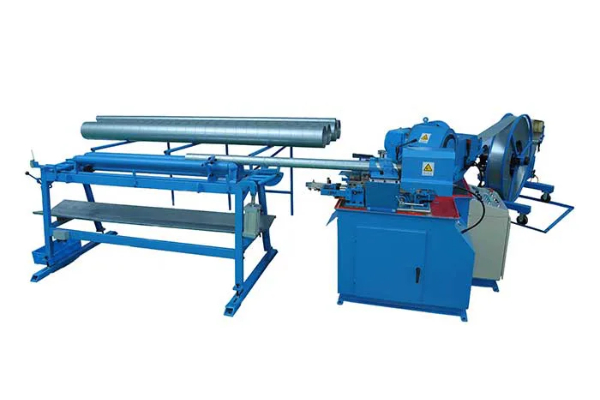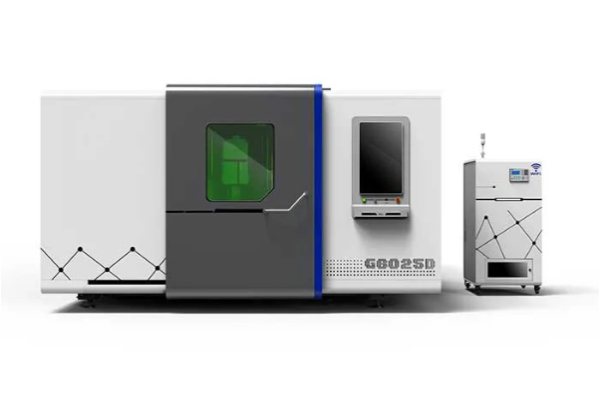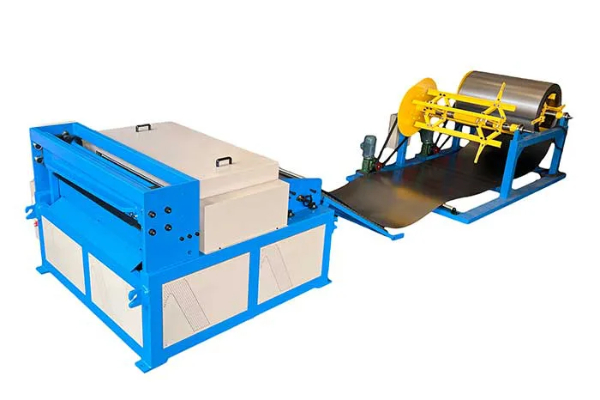
Understanding Press Brake Bending Machines- A Comprehensive Introduction
- By:Metmac
- 2024-06-05
- 159
In the realm of metalworking, precision and efficiency reign supreme. Enter the press brake bending machine, a formidable force that transforms flat metal sheets into intricate shapes with unrivaled accuracy. Embark on a journey to unravel the complexities of these awe-inspiring machines, unlocking the secrets to bending metal with finesse and precision.
Anatomy of a Press Brake
At the heart of a press brake lies the frame, a sturdy structure that anchors the machine’s components. The ram, driven by hydraulic or mechanical power, descends upon the workpiece, while the table below supports the metal sheet. Various die sets, tailored to specific bending radii, are interchangeable for a vast range of bending applications.
Types of Press Brakes
The press brake family is a diverse one, each type catering to unique bending needs. Mechanical press brakes, with their immense power, excel in high-volume production environments. Hydraulic press brakes, known for their precision and versatility, dominate in intricate bending operations. Servo-electric press brakes, the epitome of energy efficiency, make their mark with rapid cycle times and unparalleled accuracy.
Bending Process and Calculations
Bending metal involves applying a localized force that exceeds the material’s yield strength. Understanding the bending process requires careful consideration of factors such as material type, thickness, and desired bend angle. Precise calculations determine the appropriate die size, ram force, and bend angle to achieve the desired outcome.
Optimizing Bending Operations
Maximizing press brake productivity demands a holistic approach. Proper tool selection, die maintenance, and lubrication play crucial roles in efficiency and accuracy. Skilled operators, trained to understand the interplay between machine settings and material properties, ensure consistent and flawless bending results.
Safety Considerations
Working with press brakes necessitates strict adherence to safety protocols. Proper guarding prevents access to hazardous areas, while rigorous training empowers operators to handle the machines safely and effectively. Regular maintenance and inspection ensure ongoing reliability and minimize the risk of accidents.
Conclusion
Press brake bending machines are the architects of intricate metal shapes, indispensable in the manufacturing industry. Understanding their anatomy, types, bending process, optimization, and safety considerations is paramount for achieving bending excellence. By mastering these aspects, you unlock the true potential of press brake bending machines, transforming flat metal into a symphony of precision and innovation.
-
Reliable Sheet Metal Equipment for Sale to Support Precision Fabrication
2025/07/17 -
Advanced Duct Machine AC and Fabrication Solutions from Metmac
2025/07/12 -
The Advantages of Using a Sheet Roll Forming Machine in Manufacturing
2024/09/14 -
How to Optimize Your Laser Sheet Cutting Machine for Maximum Performance
2024/09/12
-
Choosing the Right Sheet Metal Laser Cutting Machine: Price, Manufacturers, and Options for Sale
2025/08/04 -
Efficient Fabrication with Sheet Metal Working Machines and Roll Forming Solutions
2025/08/04 -
Advanced Sheet Metal Processing with Laser Stainless Steel Cutting and Hydraulic Sheet Cutting Machines
2025/08/04 -
Precision Sheet Metal Shearing and Forming Machines for Efficient Steel Processing
2025/08/02
-
A Guide to the Latest Innovations in Sheet Metal Folding Machines
2024/11/29 -
Key Features to Consider When Investing in a Sheet Metal Folding Machine
2024/11/28 -
Enhancing Precision with Advanced Sheet Metal Folding Machines
2024/11/27 -
How to Choose the Right Sheet Metal Folding Machine for Your Workshop
2024/11/26





